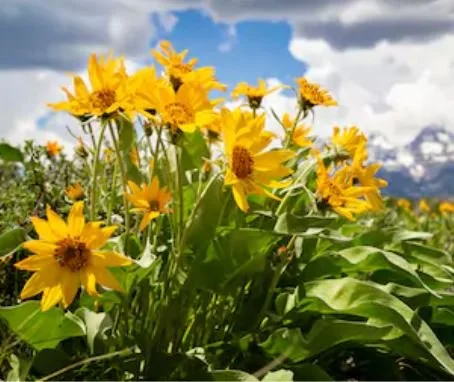When most people think of how indigenous people lived prior to European contact and colonization, it is as hunter-gatherers. That people were more nomadic and travelled around seasonally taking advantage of the naturally available foods and medicines. Maybe that it probably involved skill but also a bit of luck, happening upon food sources as they travelled.
This isn’t wrong, indigenous people living in what is now Canada certainly were hunter-gatherers following a seasonal round throughout their respective territories, but the archaeological record, oral histories, and traditional use studies tell us that their resource-collection behaviour was a lot more complicated than that. There is substantial evidence indicating people understood how to best modify the landscape to create environments that increased their ‘crop’.
For example, swaths of land were regularly burned to stimulate growth of berry patches, while preventing invasion of other shrub species and conifers. This practice had further, beneficial outcomes; it facilitated both hunting and travelling by clearing underbrush and increasing visibility and decreased the risk of larger scale fires which could be catastrophic to the landscape and food sources. This practice was in use for thousands of years but has been disallowed due to fire suppression by government’s forest services, including in British Columbia.
Camas have a root about the size of a small onion, are abundantly available in the wild throughout much of BC, and when baked are a high-fructose, calorie-rich food source. These were harvested and baked all throughout the pacific northwest. Evidence that camas bulbs were collected from the wild, transplanted to garden plots near villages, and were hoed, weeded, and periodically replenished with bulbs collected from the wild. These plots were then covered with seaweed and burned off in the fall, to replenish nutrients in the soil.
Arrow-leaf balsamroot, the beautiful yellow sunflower-esque plant is seen in abundance on sunny slopes around Kamloops throughout spring and early summer. This root vegetable was an important source of carbohydrates for indigenous people in the BC interior. The taproots can be dried, roasted, or steamed and eaten. The seeds were pounded for use as a flour, and the roots can be steamed or eaten raw. While not subject to more intensive agricultural practices, these were managed by not harvesting the “mother” roots which could be decades old. These well-established parent plants were left alone, to ensure a continued source of balsamroot for future harvests.
A little further from home, indigenous groups from Manitoba and Ontario have long practiced the collection and cultivation of wild rice species that thrive in the shallow waters of the great basin. This rice is not a species related to the Asian rice varieties we are most familiar with but is a naturally occurring grass seed with a chewy outer sheath and tender inner grain. Indigenous people gathered and prepared this wild rice in the late summer through early fall, shaking or beating the ears of the hollow stems into their canoes to catch the grains as they paddled through the shallows. There is limited evidence to suggest that indigenous people needed to manage, move, or re-seed wild rice, but there is evidence that it was used as a ‘cash-crop’, both in trade with other indigenous groups, and eventually with European settlers who used the grain to sustain themselves as they travelled cross-country.
If this summary of how indigenous people traditionally managed their food sources has interested readers, please refer to local publications by Simpcw elder Mona Jules and academic and ethnographic researchers Nancy Turner, Sandra Peacock, and Marianne Ignace.

